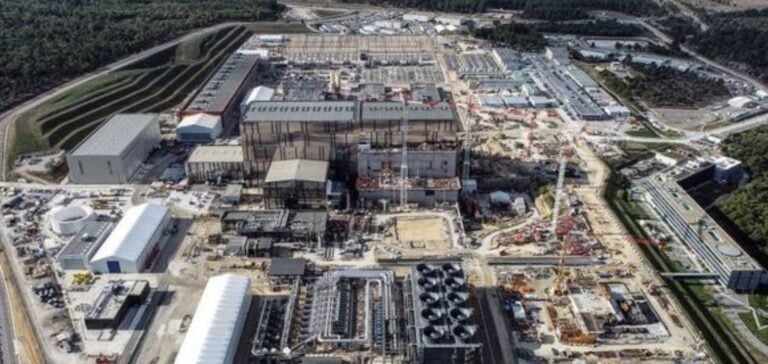The International Thermonuclear Experimental Reactor (ITER) project has unveiled a new roadmap, with the first phase of operations scheduled for 2035. This revision, described by General Manager Pietro Barabaschi as “realistic”, responds to the technical and logistical challenges encountered since construction began in 2010.
Priorities and strategies
The revised project focuses on consolidating tokamak assembly steps and improving pre-assembly testing to minimize risks. The aim is to launch substantial research operations as quickly as possible, reaching technical milestones crucial to the global fusion innovation program.
Impact of Delays
Compared with the 2016 roadmap, which foresaw a first plasma in 2025, the new timeline implies a significant postponement. However, the nature of the project evolved from a low-energy test to a 15-megamp research operation, requiring more complex installations.
ITER objectives
ITER aims to demonstrate the feasibility of nuclear fusion as a large-scale, carbon-free energy source. With a target of operating at 500 MW for at least 400 seconds, the project represents a crucial milestone for the international fusion industry, despite the absence of direct electricity production.
Contributions and Partnerships
Thirty-three nations are participating in the construction of ITER, with the European Union covering almost half the costs. The other members (China, India, Japan, South Korea, Russia and the United States) contribute equally to the remainder. Support for the project remains strong despite the challenges, with council members reaffirming their commitment at the 34th ITER Council meeting.
Causes of delays
Delays are attributable to problems inherent in pioneering projects, the COVID-19 pandemic, and manufacturing defects such as cracks in the weld joints of vacuum vessel sectors and corrosion of thermal protection pipes. Despite these obstacles, significant progress has been made, including the manufacture of all toroidal field coils.
ITER remains a flagship project for nuclear fusion research and development, with nations working together to overcome the challenges and ensure the success of this crucial mission for the world’s energy future.






















